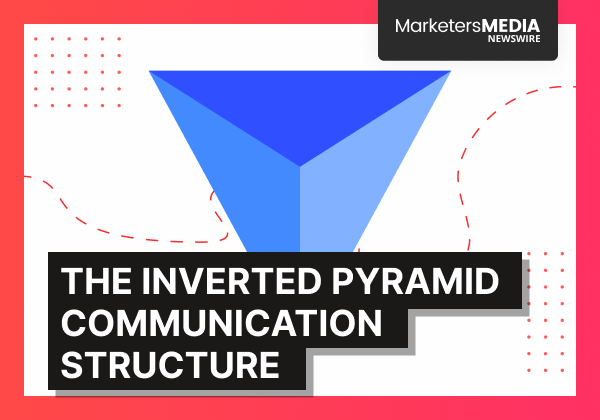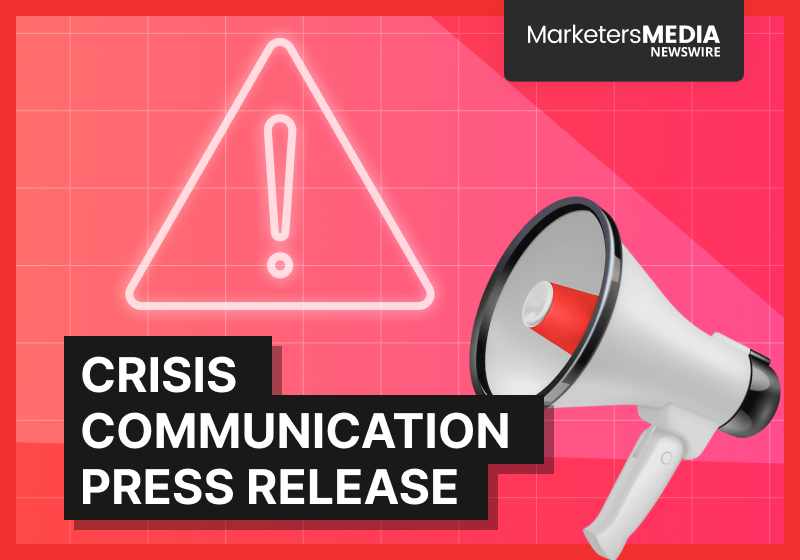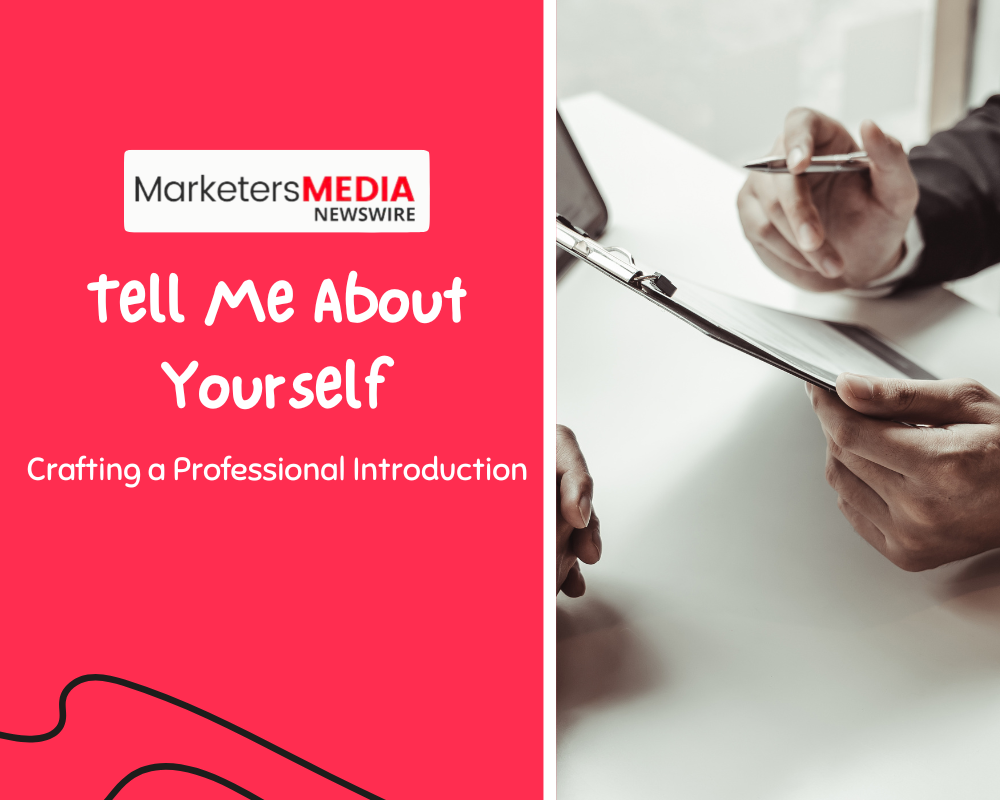Marketing has transformed dramatically over the past decade. Back then, you'd place an ad in the newspaper, maybe sponsor a radio segment, and call it a day.
Today, brands now connect with audiences across countless touchpoints—social media, websites, email, physical stores, and many others.
This fragmentation creates a challenge: how do companies maintain a consistent voice when communicating through so many channels?
That’s where Integrated Marketing Communication (IMC) comes in.
IMC aligns all your marketing efforts—so whether someone sees your Instagram ad, visits your website, or reads your newsletter, they get the same message.
When done right, IMC transforms disjointed tactics into a cohesive brand experience.
In this post, we’ll break down:
- What IMC actually means
- Why it matters for modern brands
- Key elements of an effective IMC strategy
- Real-world examples of successful integrated campaigns
What is the Integration of Marketing Communication?
Integrated Marketing Communication (IMC) is a strategic approach that unifies all marketing and communication efforts to deliver a consistent brand message across every channel—social media, websites, ads, emails, and even customer service.
Instead of treating each platform as its own silo, IMC connects every touchpoint to a shared narrative. Whether a customer sees your Instagram post, walks into your store, or opens your newsletter, they encounter the same core message, reinforced in different ways.
Companies that adopt IMC build campaigns around central ideas. For example, a clothing retailer promoting sustainability might:
- Use in-store displays that feature eco-friendly materials
- Share behind-the-scenes clips on social media about sustainable production
- Send newsletters about the environmental impact of fashion
- Offer website content that educates shoppers on conscious consumption
Each channel adds unique information while supporting the main sustainability message.
IMC also emphasizes two-way communication. It's listening and responding to audience feedback across platforms, creating genuine dialogues with customers across platforms.
Why is IMC Important?
The importance of IMC becomes obvious when we look at consumer behavior. According to McKinsey's 2024 B2B Pulse Survey, B2B customers now use an average of ten interaction channels in their buying journey, doubling from five in 2016.
This complexity creates both challenges and opportunities.
Consistency builds trust. When your messaging stays coherent across channels, people begin to recognize and trust your brand voice. Studies by Salesforce found that 76% of consumers expect consistent interactions across departments, and 73% will switch brands if they don't get it.
IMC increases marketing effectiveness. When channels reinforce each other, the impact multiplies. Research from Omnisend shows campaigns using three or more channels experience 287% higher purchase rates than single-channel campaigns.
It optimizes budgets too. With IMC, you avoid duplicating efforts. Content created for one channel gets repurposed for others, stretching your marketing dollars further.
Most importantly, IMC improves customer experience. People hate disconnected interactions—like receiving a promotional email for a product they've already purchased or hearing contradictory information from different company representatives. According to PwC's 2022 Customer Loyalty Survey, more than half (55%) of consumers would stop buying from a company they liked after several bad experiences, and 8% would do so after just one bad experience.
Picture this: You see a TV commercial advertising a limited-time sale. Excited, you visit the company website but find no mention of the promotion. You call customer service, who knows nothing about it. Frustrated, you leave without buying anything. This disconnect happens constantly when companies lack integrated communication.
IMC prevents these disappointing experiences by ensuring everyone tells the same story.
Key Elements of an IMC Strategy
To implement IMC successfully, you need to build a strong foundation. Here are the essential elements of a well-integrated strategy.
1. Audience Understanding
Everything starts with deep audience knowledge. Creating unified messaging requires understanding who you're talking to.
Develop comprehensive buyer personas based on demographic information, psychographic insights, behavioral patterns, and pain points. Look beyond basic demographics to understand motivations, frustrations, and communication preferences.
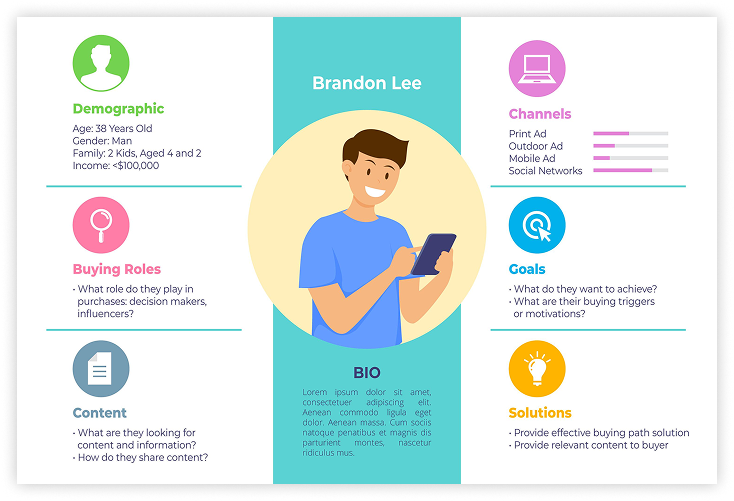
2. Clear Brand Positioning
Your brand positioning guides all communications. Define what makes you unique, what values you stand for, and what promise you make to customers.
Patagonia's positioning centers on environmental responsibility, guiding everything from product development to marketing to customer service.
3. Consistent Visual Identity
Visual consistency helps audiences immediately recognize your brand across channels.
Develop comprehensive brand guidelines covering:
- Logo usage
- Color palette
- Typography
- Photography style
- Illustration style

These guidelines should provide rules for applying visual elements across different mediums. How does your logo appear on mobile devices versus billboards? What colors work for print versus digital?
Companies with consistent branding across all channels increase revenue by an average of 23%, according to a study by LucidPress.
4. Unified Messaging Framework
Beyond visuals, your verbal messaging needs consistency too.
Create a messaging hierarchy that outlines:
- Core brand message
- Supporting messages
- Proof points
This framework helps ensure everyone communicates the same key points while adapting to different contexts.
Nike provides a clear example. Their core message is about empowerment through sport — summed up by the iconic line, “Just Do It.” This core message shows up everywhere:
- In motivational Instagram posts
- In product descriptions focused on performance
- In athlete endorsements and emotional ad campaigns
Each platform adapts the tone, but the message remains consistent — inspiring action and confidence through sport.
5. Cross-Department Collaboration
Breaking down silos between marketing, sales, customer service, and product teams proves essential for successful IMC.
Regular cross-functional meetings help maintain alignment. Many companies form IMC task forces with representatives from various departments who meet weekly to coordinate efforts.
Research shows that companies with strong cross-department collaboration report 30% higher customer satisfaction, underscoring how alignment across teams directly improves the customer experience.
6. Customer Journey Mapping
Document how customers interact with your brand across touchpoints.
Map typical paths from awareness to purchase and beyond. Where do people encounter your brand? What information do they need at each stage?
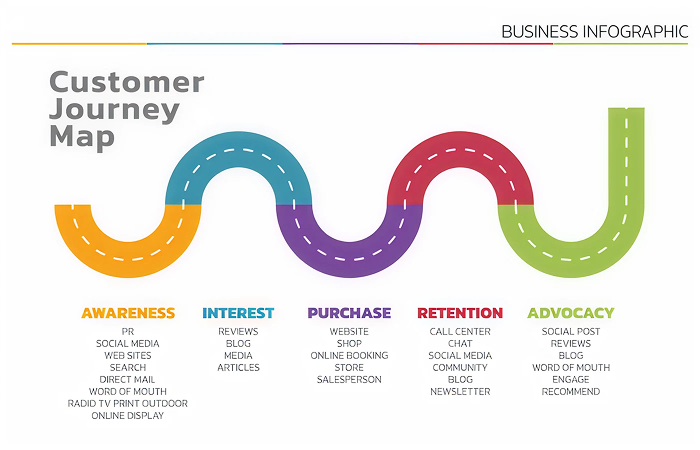
According to Aberdeen Group research, companies using customer journey mapping see 54% greater return on marketing investment.
7. Centralized Data Management
Data fragmentation undermines integration efforts. When marketing teams can't see what customer service knows (and vice versa), creating coherent experiences becomes impossible.
Implement systems that collect and share customer data across departments. Customer Relationship Management (CRM) platforms, Data Management Platforms (DMPs), and Customer Data Platforms (CDPs) help create unified customer views.
8. Measurement Framework
You can’t improve what you don’t measure.
Instead of measuring channels in isolation, develop cross-channel attribution models that show how touchpoints work together. Track metrics like:
- Brand consistency perception – via customer surveys and internal brand audits
- Cross-channel engagement patterns – using tools like Google Analytics to see which channels people use before they buy (like visiting your Instagram, then your website).
- Customer satisfaction across touchpoints – Send feedback forms after purchases or support interactions to see which parts of the experience people like—or don’t.
- Conversion paths spanning multiple channels – Track how customers first discover you and what finally leads them to buy.
Examples of IMC
These components come to life when you see how brands apply them in the real world. Let’s explore a few standout campaigns that show what great IMC looks like in practice.
Coca-Cola's "Share a Coke" Campaign
First launched in 2011, Share a Coke swapped out the Coca‑Cola logo for popular first names—turning bottles into something personal. It encouraged people to share a drink and, in the process, start a conversation.
In 2025, the campaign returned with a digital twist aimed at Gen Z, who value authenticity and connection.
How the campaign integrates channels:
- Personalized names on bottles and cans available in 120+ countries
- QR codes and the Coca-Cola app linked to a site where users could customize labels and create shareable videos
- Influencer partnerships to reach Gen Z on social platforms
- “Share a Meal” bundles at McDonald’s in select markets
- Outdoor ads and a short film helped carry the theme offline
Every touchpoint—from shelves to screens—reinforces the same message: connection through sharing. With both digital and real-world elements, Coca-Cola delivers a seamless, emotionally resonant experience across platforms.
Spotify Wrapped
What started in 2015 as “Year in Music” has grown into Spotify Wrapped—a yearly tradition where users get a personalized look at their listening habits, and the internet gets flooded with colorful, scrollable recaps.
It’s a strong example of integrated marketing: one idea carried across in-app experiences, social content, email, outdoor ads, influencer posts, and even custom podcasts.
How the campaign ties channels together:
- In-app experiences like Audio Aura and Wrapped Blend visualize listening data
- Emails and push notifications bring users back into the app
- Social-ready graphics are formatted for Instagram, TikTok, and X
- Share buttons make it easy for users to post their recaps
- Billboards and outdoor ads mirror the Wrapped design
- Influencers and artists post their own Wrapped recaps, fueling viral growth
- Spotify even teased the 2024 campaign early by pairing its logo with key music moments of the year
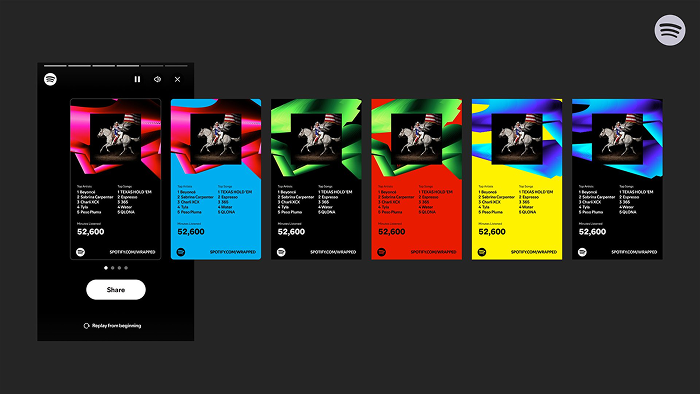
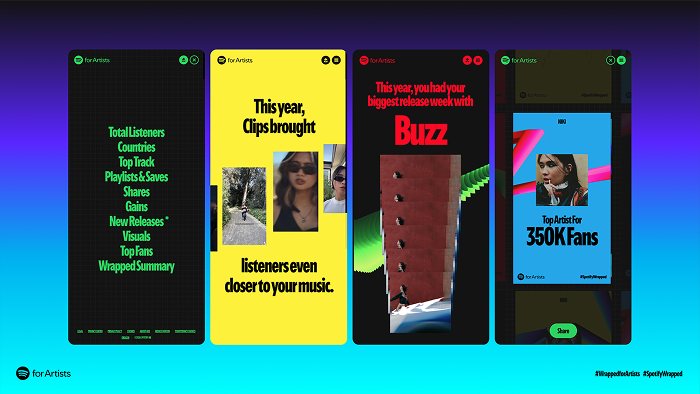

By 2024, Wrapped had reached users in 184 markets and engaged hundreds of millions of listeners with new features like Your Music Evolution and Wrapped AI Podcast. Wrapped doesn’t just show stats—it builds a narrative around each person’s habits, making data feel personal and worth sharing.
LEGO
LEGO’s marketing goes far beyond selling toy bricks. The brand brings its message of creativity and imagination to life across multiple touchpoints—blending physical, digital, and entertainment platforms.
How LEGO integrates its channels:
- Product packaging highlighting the building experience
- Social media featuring user-generated creations
- YouTube videos offering building tips and storytelling content
- Mobile apps complementing physical sets
- In-store experiences encouraging hands-on play
- Movies, TV shows, and games extend the LEGO universe
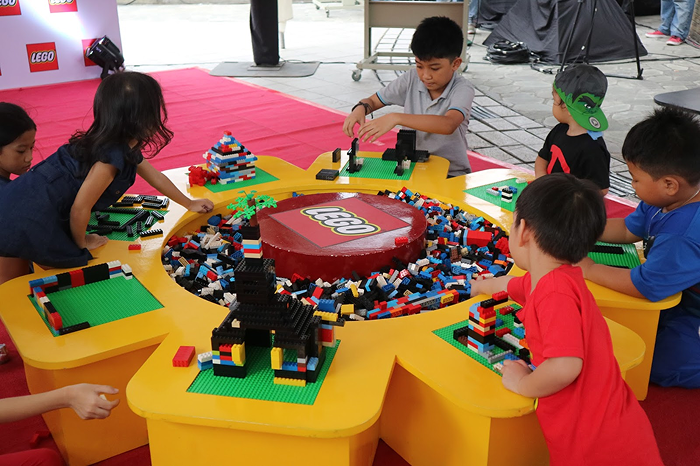
All elements share consistent visual language and messaging about creativity. This approach helped LEGO recover from near-bankruptcy to become one of the world's most valuable brands.
Wrapping It Up
Integrated marketing communication transforms fragmented touchpoints into cohesive brand experiences. As we've seen, successful companies don't view channels in isolation—they orchestrate them to tell a unified story.
Ready to strengthen your own integrated marketing approach? Start by evaluating your current messaging consistency across channels. Look for disconnects in your customer journey and opportunities to reinforce key messages across touchpoints.
If you're planning to share your IMC success with the world, consider using MarketersMEDIA Newswire to amplify your story. Their distribution network can help ensure your integrated campaigns reach relevant media outlets and target audiences—extending your message's reach while maintaining that crucial consistency we've discussed.
The most successful brands understand that integration isn't a one-time project—it's an ongoing commitment to cohesive communication.
What step will you take today to better integrate your marketing efforts?
Free Press Release Template
Tell us where to send your PDF:






